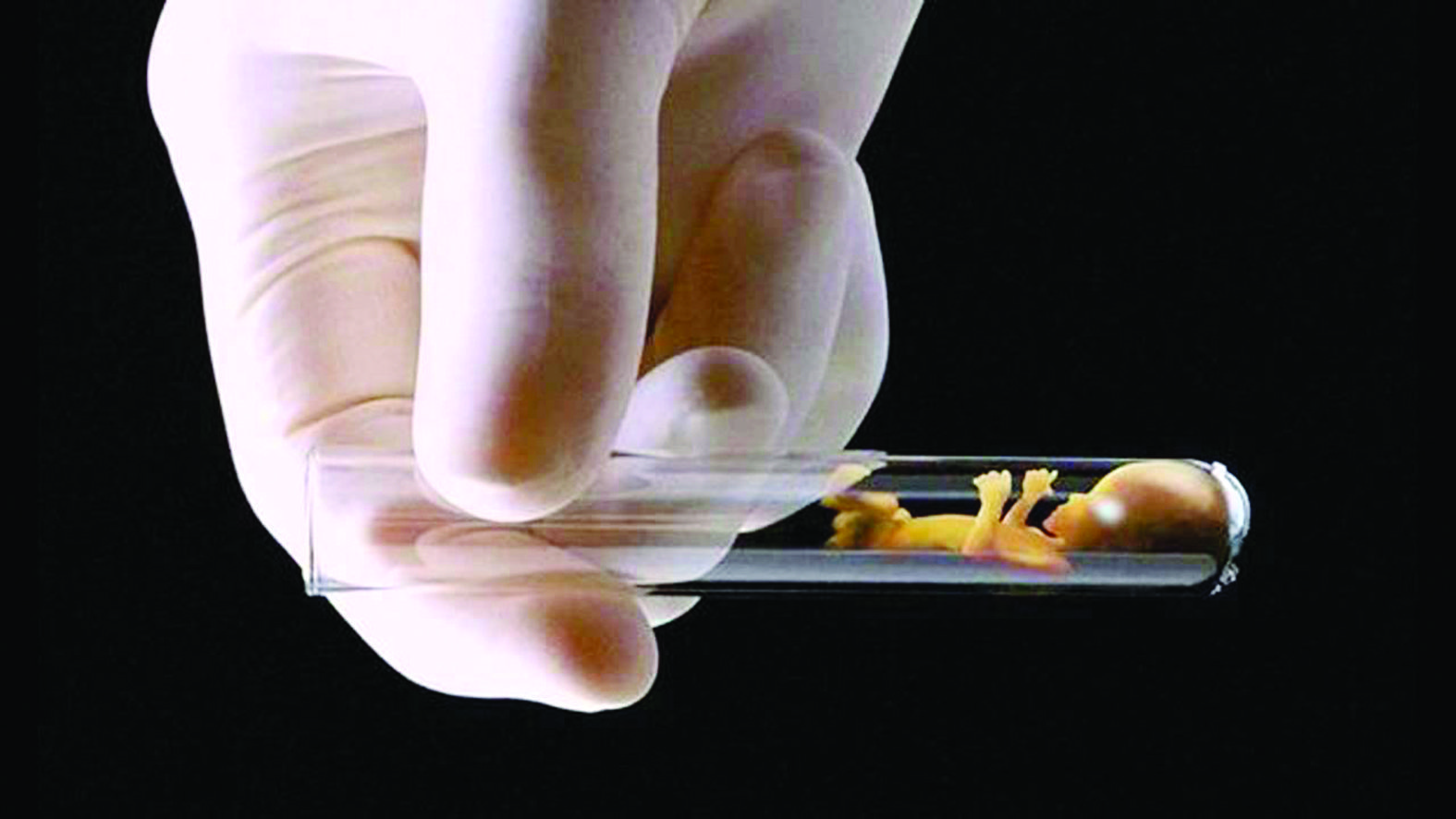In recent years, advancements in medical science have revolutionized fertility treatments, offering hope to couples struggling with infertility. One such groundbreaking procedure is the test tube baby procedure, scientifically known as in vitro fertilization (IVF). This innovative technique has enabled millions of couples worldwide to fulfill their dreams of parenthood.
What is the Test Tube Baby Procedure?
The test tube baby procedure involves several intricate steps that aim to facilitate fertilization outside the human body. Here’s a comprehensive overview:
1. Ovulation Induction
The process typically begins with ovulation induction, where medications are administered to stimulate the ovaries to produce multiple eggs. This step is crucial for maximizing the chances of successful fertilization.
2. Egg Retrieval
Once the eggs reach optimal maturity, they are retrieved from the ovaries through a minimally invasive procedure called transvaginal ultrasound aspiration. This delicate procedure is performed under sedation to ensure patient comfort.
3. Sperm Collection
Simultaneously, sperm samples are collected from the male partner. These sperm cells undergo a meticulous preparation process to enhance their motility and ensure their readiness for fertilization.
4. Fertilization
In the laboratory setting, the retrieved eggs and prepared sperm are combined in a specialized culture medium. This process, known as fertilization, occurs in a controlled environment, mimicking the conditions of the female reproductive tract.
5. Embryo Culture
Following fertilization, the resulting embryos are carefully monitored as they develop and mature in the laboratory. Advanced incubation systems maintain optimal conditions to support embryo growth and viability.
6. Embryo Transfer
Once the embryos reach the desired stage of development, one or more embryos are selected for transfer into the woman’s uterus. This embryo transfer procedure is performed with precision, guided by ultrasound imaging.
7. Implantation and Pregnancy
After embryo transfer, the patient undergoes a brief period of rest to optimize the chances of successful implantation. If implantation occurs, the embryo attaches to the uterine lining, initiating the miraculous journey of pregnancy.
Success Rates and Considerations
While the test tube baby procedure offers hope to many couples, it’s essential to understand that success rates can vary depending on various factors, including age, reproductive health, and underlying medical conditions. Additionally, the procedure may involve multiple cycles to achieve pregnancy success.
Conclusion
The test tube baby procedure, or in vitro fertilization (IVF), represents a remarkable advancement in reproductive medicine, offering hope and possibility to couples facing infertility challenges. By understanding the intricacies of this procedure and consulting with fertility experts, individuals can embark on their journey towards parenthood with confidence and optimism.
